Unstable identity amid the integration whirlwind
The “4.0 storm” not only swept away geographical distances but also swept away the indigenous cultural values. Hybrid expressions, foreign worship, and blind imitation of online trends are gradually becoming popular among the youth in the highlands. They are easily drawn into “virtual living trends”, into a “flat” culture without selection, where all boundaries of identity are erased.
The most obvious is the cultural hybridity on social networks. Highland youths accept global trends at a dizzying speed, but lack selection. Many clips on TikTok, Facebook, and YouTube use images of traditional costumes, but they are too transformed, becoming "virtual life" props instead of cultural symbols. There are many cases of young people wearing offensive stylized costumes, dancing in sacred settings, making heritage a tool to attract views and likes.
A controversial example is tourists wearing exotic costumes taking photos at Nho Que River (Tuyen Quang) - a land associated with the spiritual life and beliefs of the Mong people. This seemingly harmless action touches cultural pride, because that place is not only a scenic spot but also a space of identity. When tourism becomes a "trendy trend", arbitrarily bringing exotic elements into national cultural symbols is the fastest way to "erode" identity.
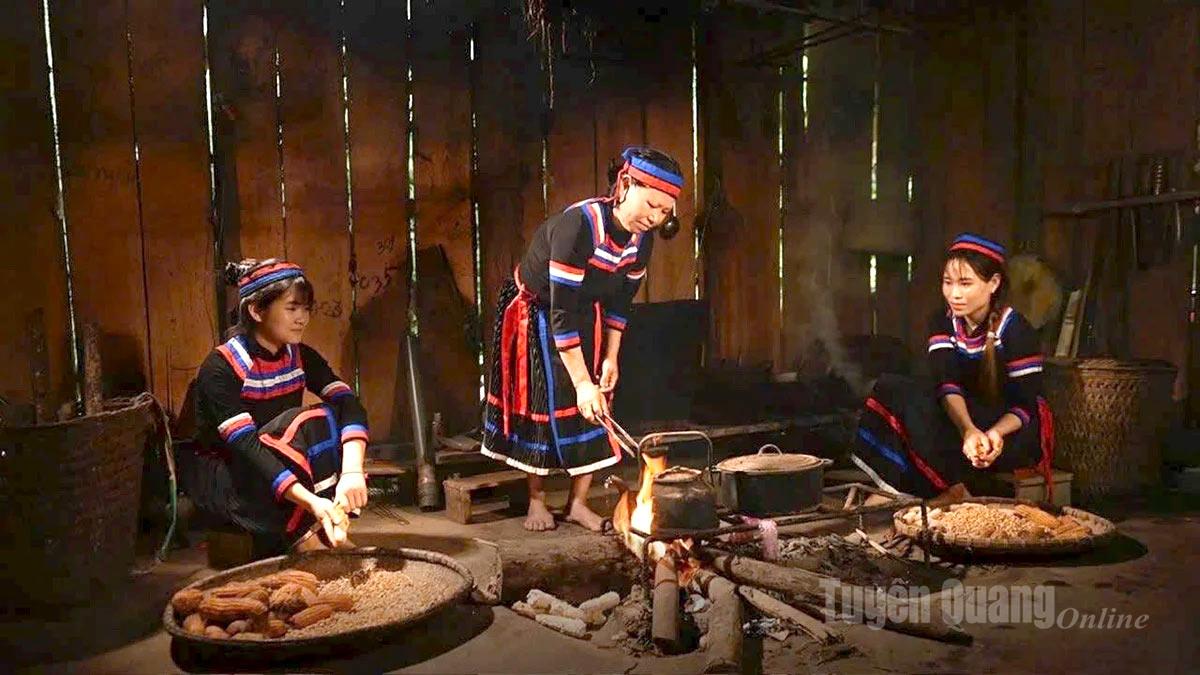 |
| The Thuy ethnic group in Thuong Minh village, Minh Quang commune currently only preserves 3 sets of traditional clothing. |
Not only is the originality lost, the young generation is also losing the ability to identify their own culture. The native language is being replaced by a mixed “internet language”: “Xoa”, “khia”, “mlem”, “viral”, “check-in”… While the teachings of the village elders are being overshadowed by virtual idols, the “khen calling friends” gradually gives way to tasteless clips spreading on the internet.
At Sa Phin market, where the sounds of panpipes and flutes used to echo calling friends, electronic music now overwhelms the calls of vendors. Exquisite hand-woven brocade dresses have been replaced by cheap ready-made clothes. 16-year-old Mong Sung Thi Sinh laughed heartily on her phone: "Nowadays, buying ready-made clothes is very convenient, cheap and beautiful, and watching videos on the phone is fun." The words were innocent but heartbreaking - when thousand-year-old cultural values are being overwhelmed by the virtual world in the young generation.
Ms. Ly Gia Tan, Nung ethnic group, Ho Thau commune shared: “Young people today love surfing TikTok, Facebook, looking for common “standards” of beauty and style. That is what makes many young people compare and think that their ethnic culture is “rustic” and outdated. Many young people abandon traditional costumes to wear jeans and T-shirts, speak Kinh instead of their mother tongue, sing commercial music instead of their own ethnic folk songs. I feel very sad!”
Traditional culture contains humanistic values of filial piety, faith and community cohesion. However, when lacking cultural knowledge and having no basis to “separate the turbid and bring out the clear”, social networks also help spread bad customs, turning values into burdens, rituals into formalities and heritage into tools to “attract views”.
In 2023, Mr. VMG in Meo Vac commune held a funeral for his mother according to old customs: lasting three days, slaughtering many livestock, not putting the body in a coffin. After the funeral, he incurred a large debt, and his family fell into poverty. On social networks, images of that lavish funeral were shared and commented on, causing the custom to be unintentionally painted as a manifestation of filial piety or "keeping the old ways", while in fact, it is backward and costly.
Social networks are not only a place to spread deviant trends but also become a tool for fraud rings, human trafficking, spreading heresy and spreading wrong ideas. Tricks such as "easy work, high salary", "rich marriage" or "making money through TikTok" have caused many people in the highlands to fall into traps. Recently, Thao Mi Sinh (Son Vi commune, Tuyen Quang , born in 1995) was arrested for appropriating more than 556 million VND from 11 people with the trick of "creating a social network channel to make money". This is a clear demonstration of the dark side of technology when there is a lack of understanding and vigilance. Just from a virtual click, the consequences are real: lost money, stolen trust, and damage to community trust.
The risk of identity erosion comes not only from the whirlwind of technology or the introduction of modern lifestyles, but also from the globalization process and the subtle influence of hostile forces. More dangerously, hostile forces have taken advantage of social networks to peacefully change the ideological and cultural fields.
Many cults and reactionary organizations disguised as religions have infiltrated the border areas, spreading superstition and dividing the beliefs of the people. A typical example is the cult "San su khe to" that once bewitched more than 1,200 households with nearly 6,000 people in the Dong Van Stone Plateau, causing many villages to fall into chaos. Or the phenomenon of the cult "Duong Van Minh", which over the past three decades has left serious consequences in the spiritual life of a part of the Mong people in Tuyen Quang.
Under the guise of “new beliefs”, Duong Van Minh propagated separatist ideology, swindled money using the “Golden Fund” trick, and even plotted to establish a “Mong State”. Although this heretical organization has been dealt with, traces of that extremist ideology still remain like poisonous seeds, smoldering in cyberspace, where key elements have linked up with the reactionary organizations Viet Tan and Dan Lam Bao, created fanpages and YouTube channels to distort, incite ethnic division, and sow confusion in the Mong community.
The above manifestations are not only a story of “faded identity”, but also a warning about the gap in knowledge and cultural identity. When the young generation is increasingly absorbed in social networks, not understanding their roots; when material values overwhelm spiritual values, trust and identity are easily shaken - and that is the weakness that hostile forces exploit to attack.
The "fire keeper" and the fear of embers
Each artisan is a “living torch” that preserves the nation’s soul. But when that torch gradually dies out, when the mother tongue is absent from the children’s voices, the worry is not only the loss of customs or language, but also the shrinking of “soft territory” – the core part that makes up the cultural endurance of the frontier.
In the border communes, where the Mong people make up more than 80%, the sound of the Mong flute is the soul, the eternal source. However, the generation that knows how to make and play the flute can now be counted on the fingers of one hand. In a small house nestled on a rocky slope in Dong Van, artisan Ly Xin Cau asked his grandchildren who were engrossed in their phones:
"After I pass away, will you children know how to play the Mong flute?"
The innocent nephew replied: "I will film you and post it online, maybe it will get a million views."
Mr. Cau was silent. The younger generation believes that social media can “save” culture, but he clearly understands that culture cannot live only in videos. It needs to be breathed with real life, with the pride and love of young people for their roots.
In Ma Che village, Sa Phin border commune - where Mong and Co Lao people live together, the weaving profession was once considered a "living museum". However, according to the Secretary of Sinh Mi Minh Party Cell, there are now only 8 households still maintaining the profession. Each pair of hands that stops weaving is a broken thread of memory, a part of the heritage silently lost amidst the hustle and bustle of making a living.
The fear of decline does not stop at one village. In early 2023, the news of artisan Luong Long Van, a Tay ethnic in An Tuong ward (Tuyen Quang), passing away at the age of 95 left many people speechless. He is one of the few people who is still fluent in Tay Nom script - the "cultural key" that opens up a treasure trove of folk knowledge. Throughout his life, he quietly compiled, translated, and taught more than a hundred ancient books, dozens of volumes of prayers, admonitions, and medicinal recipes. Works such as "Some ancient Then palaces in Nom - Tay script" or "Van Quan of Tuyen Quang village" are proof of a life dedicated to culture. The small house that was once bustling with students' voices is now as quiet as the empty space of a "living treasure trove" that has just closed.
The Dao and Tay people used to preserve prayer books and teaching books as treasures, passing down the spirit of their clan through many generations. But now, many families have forgotten how to read and copy; the heritage is folded, put in the corner of the cupboard, waiting to be covered with dust. For the Lo Lo people, who do not have their own writing, this danger is even more real. When the elders - the "living libraries" of the village - gradually pass away, the treasure of oral folk knowledge also fades away.
Meritorious artist Lo Si Pao, Meo Vac commune, worries: “Nowadays, young people only speak the common language, few use their mother tongue. They are afraid to speak and then forget to speak, eventually losing their own language.” A simple saying but containing the pain of an entire culture standing on the brink of oblivion.
Not only language, but also clothing and lifestyle - symbols of cultural identity are changing rapidly. In many villages, the indigo and linen colors that used to be the breath of the Giay and Mong people are also disappearing. Artisan Vi Dau Min, a Giay in Tat Nga commune, sadly said: "Clothing is not just something to wear, but also the identity of the Giay people. Now, children only like modern clothes. When asked to wear traditional dresses, they laugh, saying "it is only suitable for festivals". I am afraid that in the future, the old customs will be lost with the elderly."
Lack of space for culture to "breathe"
If identity is the soul of a nation, then cultural space is the breath of that soul. In many highland villages, that breath is fading not because of lack of awareness, but because of lack of space for culture to “live”.
Thin cultural institutions, weak infrastructure, slow mechanisms, and difficult people's lives have caused many community activities to fade away. Traditional festivals in many places only exist in a "performance" style, even being staged and commercialized, losing their soul. Meanwhile, new cultural spaces - tourism and urbanization - are not deep enough to nurture the national core. Culture is "suspended" between two gaps: the past is no longer touched, the present has no place to be nurtured.
In border communes such as Son Vi, Bach Dich, Dong Van, etc., the golden earthen houses - symbols of Mong architecture - are being replaced by concrete houses of the "across the border" style. Folk artist Mua Mi Sinh, Sang Pa B village, Meo Vac commune, worries: "Improving housing is a good thing, but when traditional architecture is lost, the cultural space is lost. The earthen house is not only a place to live but also the crystallization of hands, minds, and philosophy of living in harmony with the mountains and forests. When the house no longer retains its indigenous soul, the village also loses its cultural shape."
In Lung Lan village, Son Vi border commune, 121 households of 9 ethnic groups live together, of which 40 are Xuong people, with nearly 200 people. Ms. Hoang Thi Tuong, 63 years old, shared: “In our citizen identification card, we are recorded as “Xuong (Nung) ethnic group” - meaning the Xuong people are just a branch of the Nung people. Although they have their own language, customs, and costumes, due to the lack of recognition mechanism and lack of living space, Xuong culture is gradually assimilated and has to “breathe” in the space of other ethnic groups.”
Not only the Xuong people, many other small communities are also gradually disappearing from the ethnic cultural map. In Thuong Minh village, Minh Quang commune, the Thuy ethnic group - the only remaining community in Vietnam - has only 21 households and less than 100 people. Mr. Mung Van Khao, 81 years old, the "living treasure" of the Thuy people, sadly said: "Now our citizen identification cards all bear the name of the Pa Then ethnic group. Future generations will no longer know that they are Thuy people. Only the elderly still remember the old language, and the whole village only has three sets of costumes left."
These stories show that when culture has no space to “breathe”, heritage cannot live no matter how good the policies are.
In 2016, the People's Council of Ha Giang province (old) issued Resolution 35 - expected to be a "new wind" to help awaken the potential of community tourism, creating sustainable livelihoods associated with indigenous culture. More than 24.6 billion VND was poured into supporting 285 organizations and individuals to invest in accommodation and develop community tourism - a model expected to turn culture into a development resource. However, after only three years, Resolution 35 had to be "terminated". Having policies and capital, but lacking proper planning, operating mechanisms, and leading "cultural subjects" makes these models still only stop at the "make-up" level, not becoming a pedestal for identity.
The story of the Pa Then people is another example. This ethnic group lives in the communes of Tan Trinh, Tan Quang, Minh Quang, Tri Phu, famous for its treasure trove of fire dancing, pestle pulling, crop praying, and weaving - heritages that are both sacred and unique. But the number of artisans who are knowledgeable and able to teach is decreasing.
In 2022, Project 6 under the National Target Program for Socio-Economic Development of Ethnic Minority Areas was implemented, carrying the expectation of restoring identity associated with tourism. This project has 19 specific contents. In the period of 2022 - 2025, with a total capital of more than 224 billion VND, 7 festivals were preserved, 3 types of culture at risk of fading away were restored, and 19 teaching classes were opened.
But that number is still too small compared to reality: According to the Department of Culture, Sports and Tourism of Tuyen Quang, nearly 30% of highland festivals are at risk of being lost in just the past 5 years. Many cultural institutions are degraded, village cultural houses are abandoned, and community living spaces are narrowed, making it impossible to fully reproduce rituals and festivals. People have no place to sing Then, dance Sluong, perform Khen, or beat festival drums. If culture wants to live, it must first have a place to "breathe".
Keeping space for culture to “breathe” is therefore not only a matter of preserving heritage, but also of maintaining the spiritual foundation, maintaining the “soft shield” of border security. Culture only truly lives when people are the subject, practice and are proud of their identity. It is necessary to return to the villages the lit-up cultural houses, the bustling festival grounds with the sound of the Khen, the language teaching classes, and the restoration of traditional crafts. Only then can culture truly “breathe” and the border truly be sustainable.
(To be continued)
Performed by: Mai Thong, Chuc Huyen, Thu Phuong, Bien Luan, Giang Lam, Tran Ke
Source: https://baotuyenquang.com.vn/van-hoa/202510/vanh-dai-van-hoa-soi-sang-bien-cuong-ky-2-nguy-co-xoi-mon-cot-moc-van-hoa-a483a3a/



![[Photo] Flooding on the right side of the gate, entrance to Hue Citadel](https://vphoto.vietnam.vn/thumb/1200x675/vietnam/resource/IMAGE/2025/10/28/1761660788143_ndo_br_gen-h-z7165069467254-74c71c36d0cb396744b678cec80552f0-2-jpg.webp)
![[Photo] Draft documents of the 14th Party Congress reach people at the Commune Cultural Post Offices](https://vphoto.vietnam.vn/thumb/1200x675/vietnam/resource/IMAGE/2025/10/28/1761642182616_du-thao-tai-tinh-hung-yen-4070-5235-jpg.webp)
![[Photo] National Assembly Chairman Tran Thanh Man received a delegation of the Social Democratic Party of Germany](https://vphoto.vietnam.vn/thumb/1200x675/vietnam/resource/IMAGE/2025/10/28/1761652150406_ndo_br_cover-3345-jpg.webp)


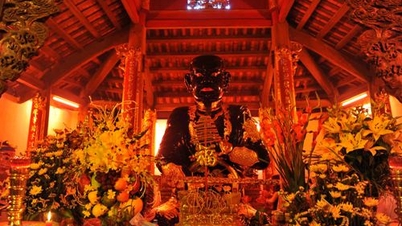

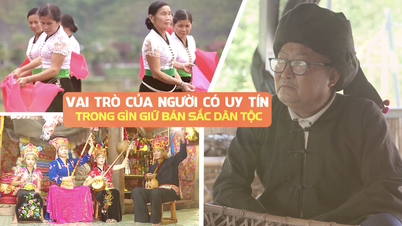


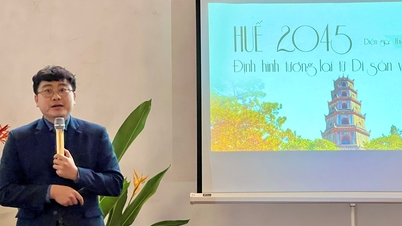

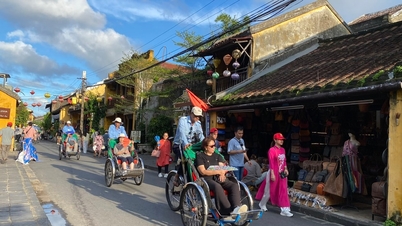

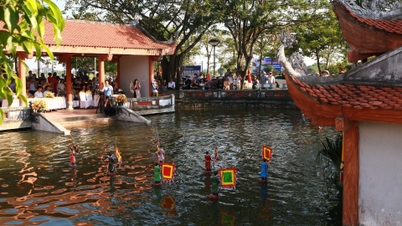




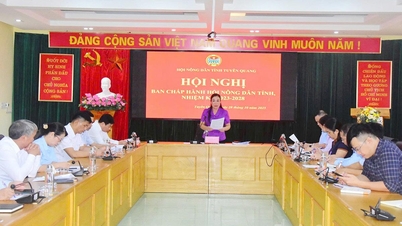
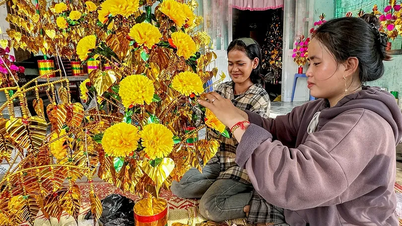



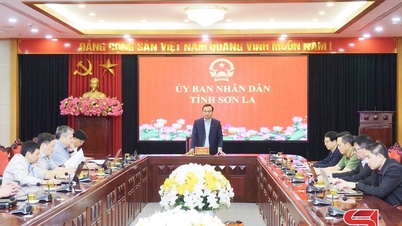





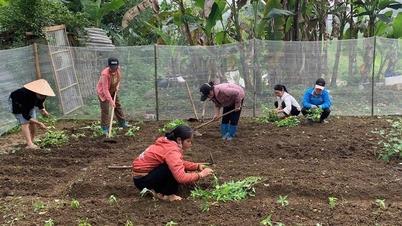
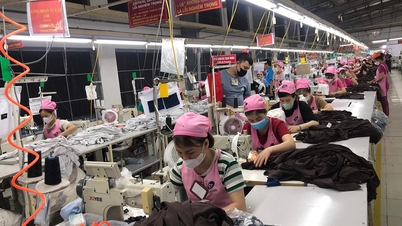
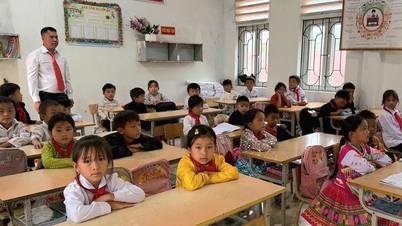

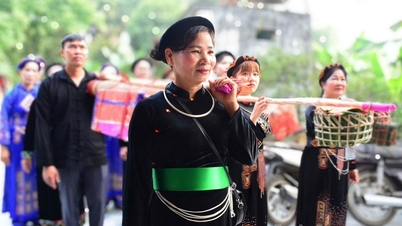
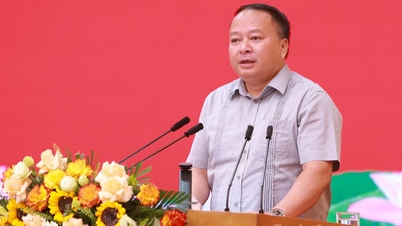

![[Photo] President Luong Cuong attends the 80th Anniversary of the Traditional Day of the Armed Forces of Military Region 3](https://vphoto.vietnam.vn/thumb/1200x675/vietnam/resource/IMAGE/2025/10/28/1761635584312_ndo_br_1-jpg.webp)















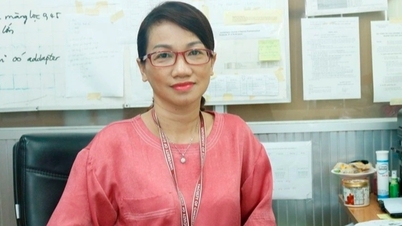



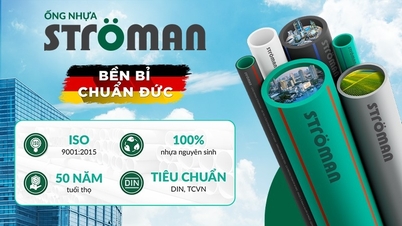
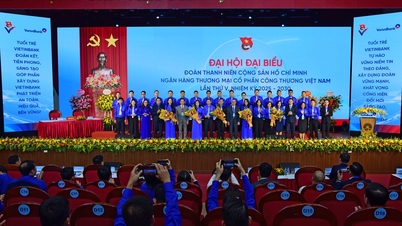
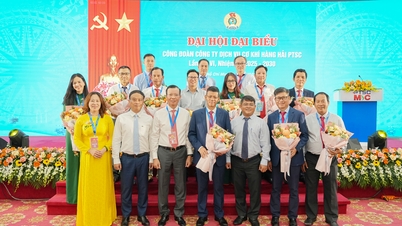

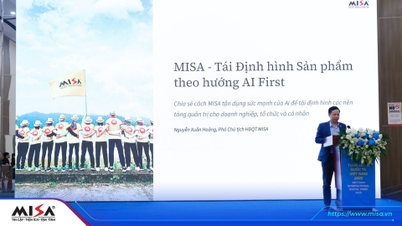







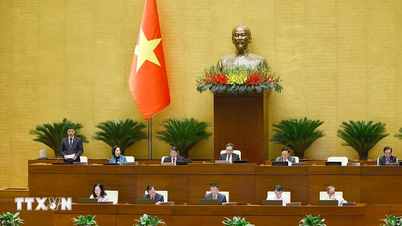

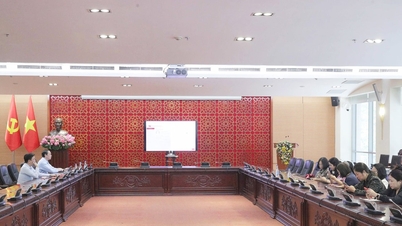





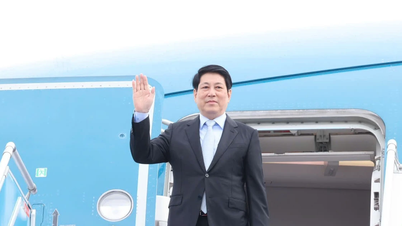
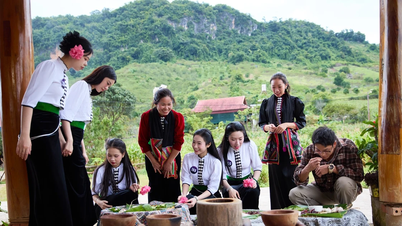
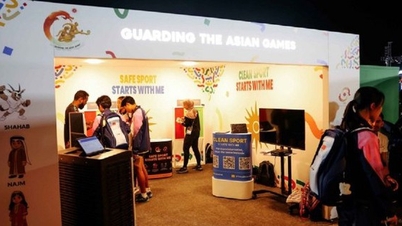

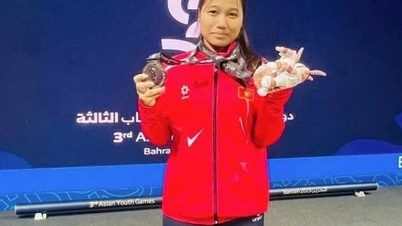
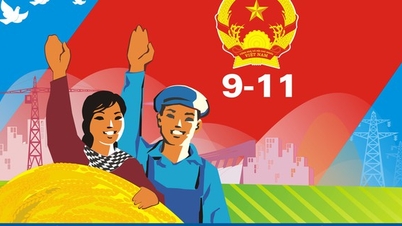
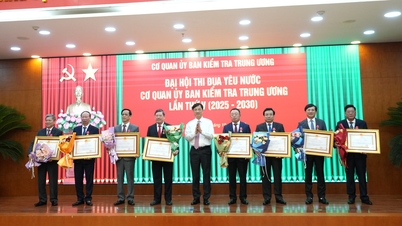

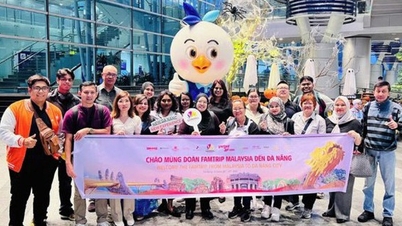


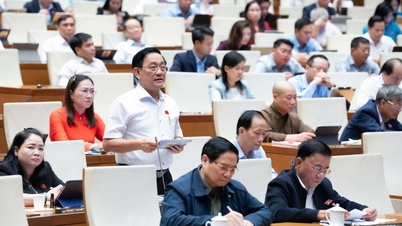





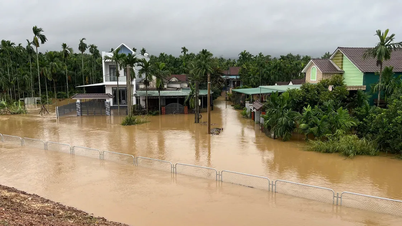













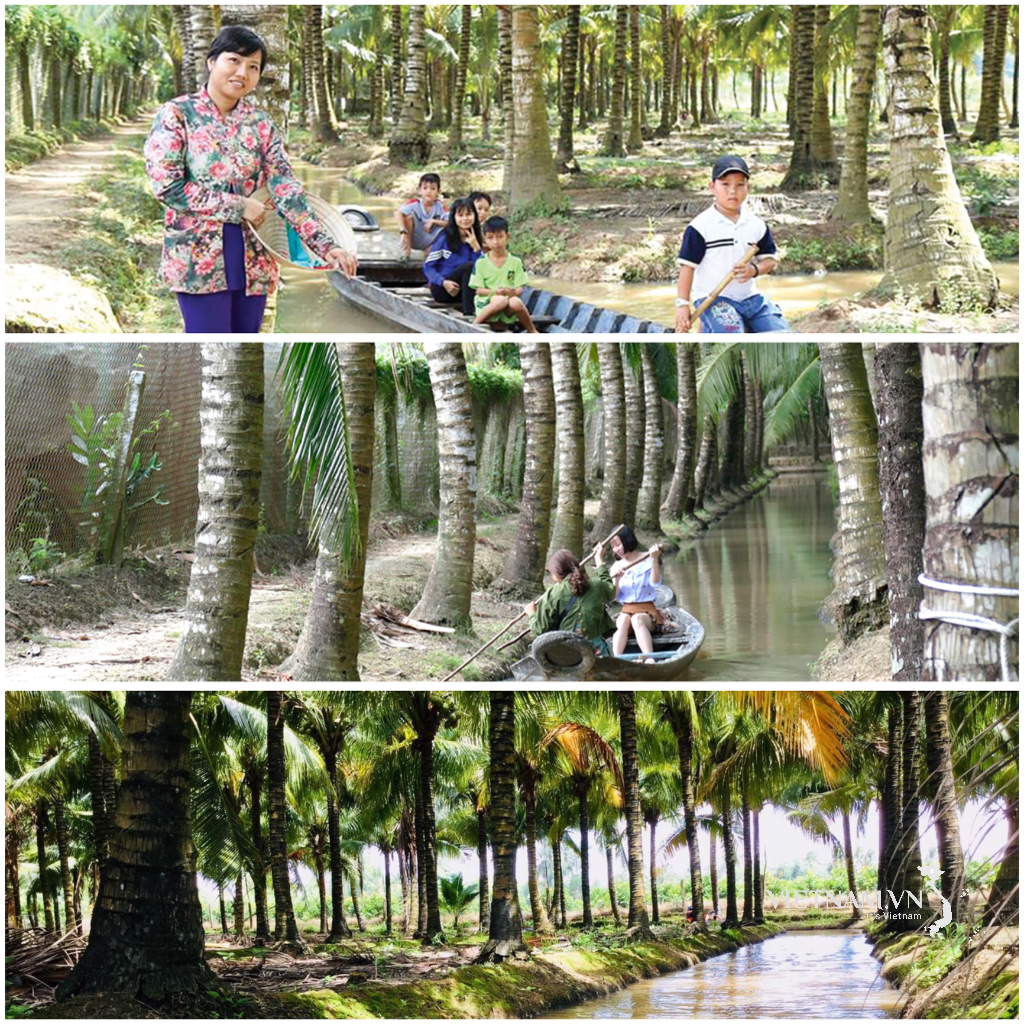



Comment (0)